What is Organic Cotton?
Organic cotton refers to cotton grown without synthetic agricultural chemicals, such as fertilizers or pesticides, from non-genetically modified plants. Additionally, its production promotes and enhances biodiversity and biological cycles. To be considered organic in the United States, cotton plantations must also meet the National Organic Program (NOP) requirements administered by the USDA. This institution determines what practices are permitted for organic farming, pest control, fertilizing, and crop handling. Globally, more than 50% of organic cotton is produced in 24 countries and 265, 517 bales were made in 2007 alone.
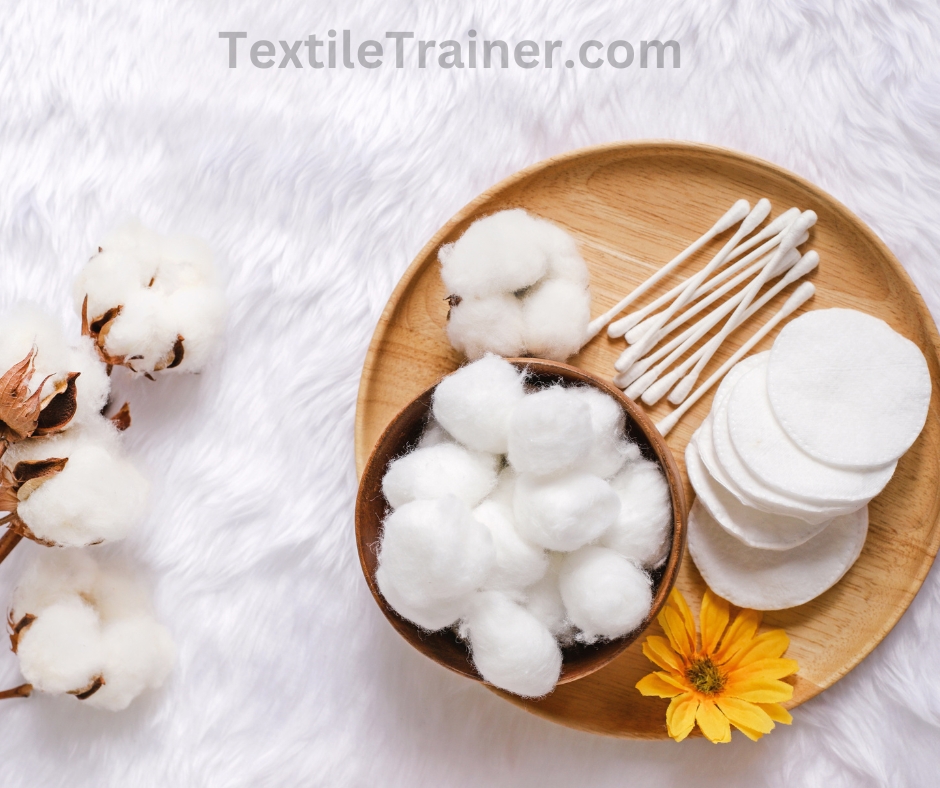
Organic Certification Requirements:
Producing and selling organic products is required by law by compliance with the Organic Food Production Act of 1990, enacted by the state organic program (SOP). It specifies the procedures and regulations for producing and handling organic crops.
Organic Resources & Affiliations:
The Global Organic Textile Standards (GOTS):
Organic Cotton Textiles are produced according to the GOTS standard. Organic Cotton Plus regards GOTS as a defining event in the history of organic cotton. GOTS-certified fabrics undergo an inspection at every stage, right up to the warehouse in South Carolina, where each step is certified. Organic Cotton Plus has achieved this certification as the only online fabric retailer.
The International Working Group on Global Organic Textile Standards is comprised of four reputed member organizations, namely OTA (USA), IVN (Germany), Soil Association (UK), and JOCA (Japan), which contribute to the GOTS, along with other international stakeholder organizations and experts, each with their own expertise in organic farming and textile processing that is environmentally and socially responsible. “their vision is to make organic textiles a significant part of everyday life, improving the lives of people and the environment.
GOTS aims to develop, implement, verify, protect, and promote the Global Organic Textile Standard (GOTS). This standard stipulates ecological and labor conditions throughout the supply chain for textile and apparel manufacturing using organically produced raw materials. Unlike conventional farming, organic farming uses no toxic, persistent pesticides or fertilizers to maintain and replenish soil fertility. Moreover, organic production is based on animal husbandry and excludes genetic modification.”
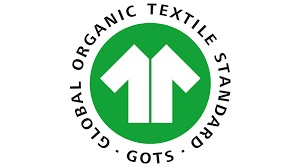
Organic Trade Association:
Organic Trade Association (OTA) is a membership-based business association for the organic industry in North America. Its mission is to promote and protect organic trade from benefiting farmers, the public, and the economy. OTA envisions organic products becoming part of everyday life, enhancing the health and well-being of people and the environment. The Organic Trade Association represents businesses across the organic supply chain, including food, fiber/textiles, personal care products, and new sectors as they emerge. Sixty percent of the members of OTA are small businesses.
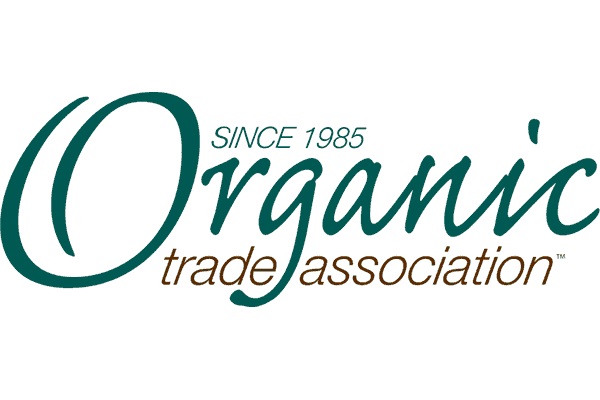
Green America:
The organization’s mission is to harness the power of economic power- consumers, investors, businesses, and the marketplace- to create a socially just and environmentally sustainable society.”
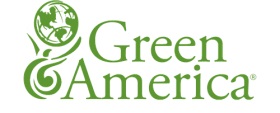
Green Business Certification is awarded to businesses that are:
- Utilizing their business as a tool for positive social change;
- Socially and environmentally sustainable business practices; Operating a “values-driven” enterprise;
- Responsible in the way they source, manufacture, market, and run their operations;
- Being socially responsible and committed to making a positive impact on the environment, customers, workers, and communities;
- Achieving radical transparency in all aspects of their business and continually improving their work.
Production of Organic Cotton:
Several countries successfully grow organic cotton, with Turkey, India, and China being the most prominent producers (as of 2007). There are at least eight countries in Africa where organic cotton is produced. The earliest producer was the SEKEM organization in Egypt; the farmers involved later convinced the Egyptian government to convert 4,00,000 hectares of conventional cotton production to integrated methods, resulting in 90% less synthetic pesticides and a 30% higher yield in Egypt.
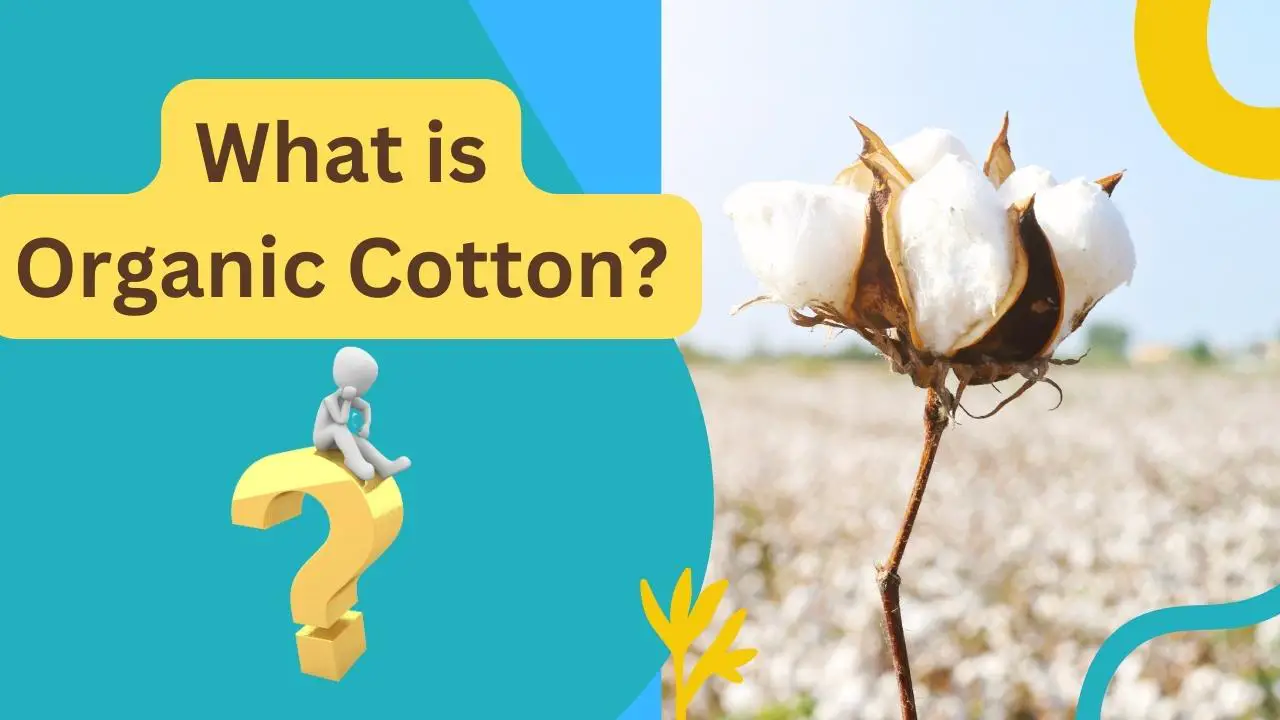
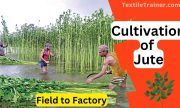
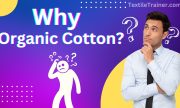
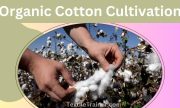
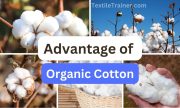
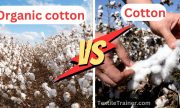

I just like the helpful information you provide in your articles
Thank you……Please share my article in your social media and with your friend……That will be helpful for me…..
I very delighted to find this internet site on bing, just what I was searching for as well saved to fav
Thanks dear…..please share our post……with your friend and social media…….
Awesome! Its genuinely remarkable post, I have got much clear idea regarding from this post
Thanks dear…..please share our post……with your friend and social media…….
I appreciate you sharing this blog post. Thanks Again. Cool.
Thanks dear…..please share our post……with your friend and social media…….
Good post! We will be linking to this particularly great post on our site. Keep up the great writing
woh….that’s good…..I am so happy to know, you link my post on your site……stay with me……May you send your site link please?????
I appreciate you sharing this blog post. Thanks Again. Cool.
Thank you…..please share my article….
I do not even understand how I ended up here, but I assumed this publish used to be great
thank you
Awesome! Its genuinely remarkable post, I have got much clear idea regarding from this post
thank you…..please share my post
I’m often to blogging and i really appreciate your content. The article has actually peaks my interest. I’m going to bookmark your web site and maintain checking for brand spanking new information.
Thank you…..please support me by share my article
Awesome! Its genuinely remarkable post, I have got much clear idea regarding from this post
Thank you…..please share my post
You’re so awesome! I don’t believe I have read a single thing like that before. So great to find someone with some original thoughts on this topic. Really.. thank you for starting this up. This website is something that is needed on the internet, someone with a little originality!
Thank you….Please stay with me and support me by sharing my article with your friend and social media..
This is really interesting, You’re a very skilled blogger. I’ve joined your feed and look forward to seeking more of your magnificent post. Also, I’ve shared your site in my social networks!
Thanks for support me…..please stay with me…..
I like the efforts you have put in this, regards for all the great content.
thank for stay with me….please share my article
I very delighted to find this internet site on bing, just what I was searching for as well saved to fav
thank you…..please share my article
I really like reading through a post that can make men and women think. Also, thank you for allowing me to comment!
Thanks for your comments……please share my article……….
I’m often to blogging and i really appreciate your content. The article has actually peaks my interest. I’m going to bookmark your web site and maintain checking for brand spanking new information.
thank you…..please share my article……
I just like the helpful information you provide in your articles
thank you…..please share my article….
Great information shared.. really enjoyed reading this post thank you author for sharing this post .. appreciated
thank you too….please share my post in you social mediea
I do not even understand how I ended up here, but I assumed this publish used to be great
thank you…..please share my article…
gerçekten güzel bir yazı olmuş. Yanlış bildiğimiz bir çok konu varmış. Teşekkürler.
please write in English…
Daha önce araştırıp pek Türkçe kaynak bulamadığım sorundu Elinize sağlık eminim arayan çok kişi vardır.
please write in English…
Hi there to all, for the reason that I am genuinely keen of reading this website’s post to be updated on a regular basis. It carries pleasant stuff.
thank you….please share my article…
Yazdığınız yazıdaki bilgiler altın değerinde çok teşekkürler bi kenara not aldım.
thanks for your comments…but if you write in English, it is easy to me understand what you like to say…
Yazdığınız yazıdaki bilgiler altın değerinde çok teşekkürler bi kenara not aldım.
Thanks you…..
It is appropriate time to make some plans for the longer term and it’s time to be happy. I have learn this put up and if I could I want to recommend you few attention-grabbing things or tips. Maybe you could write subsequent articles relating to this article. I desire to read more things about it!
ok….I will try to give you more details….please shar my article….
Virtually all of the things you assert is supprisingly accurate and that makes me ponder why I hadn’t looked at this with this light before. This article really did switch the light on for me as far as this particular subject goes. However there is just one point I am not really too comfortable with and whilst I make an effort to reconcile that with the actual main idea of the issue, let me observe just what the rest of the subscribers have to say.Very well done.
thanks you…..please share my article with your social media and friends.
It is the best time to make some plans for the future and it is time to be happy. I have read this post and if I could I want to suggest you few interesting things or suggestions. Maybe you can write next articles referring to this article. I desire to read even more things about it!
thank you…please shar my article
I am truly thankful to the owner of this web site who has shared this fantastic piece of writing at at this place.
thank you…please stay with us.
Hey there! This post could not be written any better! Reading through this post reminds me of my good old room mate! He always kept talking about this. I will forward this post to him. Fairly certain he will have a good read. Many thanks for sharing!
thanks to share…I am waiting for feedback from your friends.
I do agree with all the ideas you’ve presented in your post. They’re really convincing and will definitely work. Still, the posts are very short for novices. Could you please extend them a little from next time? Thanks for the post.
ok….I will try.
Great beat ! I would like to apprentice while you amend your site, how could i subscribe for a blog website? The account helped me a acceptable deal. I had been tiny bit acquainted of this your broadcast offered bright clear concept
thank you…
hocam gayet açıklayıcı bir yazı olmuş, bubble tea sevenler için çok faydalı, elinize emeğinize sağlık.
thanks you….write in English please.
Hey there! Someone in my Facebook group shared this site with us so I came to look it over. I’m definitely loving the information. I’m bookmarking and will be tweeting this to my followers! Fantastic blog and amazing style and design.
thank you…
Novyny
sorry…
Great blog here! Also your website loads up very fast! What host are you using? Can I get your affiliate link to your host? I wish my web site loaded up as fast as yours lol
sure…share your whatsapp number.
Greetings from Los angeles! I’m bored at work so I decided to browse your blog on my iphone during lunch break. I really like the knowledge you present here and can’t wait to take a look when I get home. I’m amazed at how quick your blog loaded on my phone .. I’m not even using WIFI, just 3G .. Anyways, good site!
No problem in iPhone. I checked.
Good post! We will be linking to this particularly great post of Bodrum dental veneers on our site, keep up the great writing.
thanks for support.
Pretty! This has been a really wonderful post. Many thanks for providing these details. http://www.hizliogame.com
Thank you
Very well presented. Every quote was awesome and thanks for sharing the content. Keep sharing and keep motivating others. http://www.hizliogame.com
Keep visit our site
I am truly thankful to the owner of this web site who has shared this fantastic piece of writing at at this place.Mimarlık
Thanks
I just like the helpful information you provide in your articles
Successful sharing. Thanks for your hard work.
I like the efforts you have put in this, regards for all the great content.
Nice post. I learn something totally new and challenging on websites
Thanks
Great article, really informative and well-written!
I just like the helpful information you provide in your articles
Nice post. I learn something totally new and challenging on websites
This is my first time pay a quick visit at here and i am really happy to read everthing at one place
Awesome! Its genuinely remarkable post, I have got much clear idea regarding from this post
I really like reading through a post that can make men and women think. Also, thank you for allowing me to comment!
very informative articles or reviews at this time.
Nice post. I learn something totally new and challenging on websites
I do not even understand how I ended up here, but I assumed this publish used to be great
Thanks
very informative articles or reviews at this time.
I appreciate you sharing this blog post. Thanks Again. Cool.
Great information shared.. really enjoyed reading this post thank you author for sharing this post .. appreciated
I like the efforts you have put in this, regards for all the great content.
This is my first time pay a quick visit at here and i am really happy to read everthing at one place
very informative articles or reviews at this time.
I really like reading through a post that can make men and women think. Also, thank you for allowing me to comment!
I just like the helpful information you provide in your articles
This was beautiful Admin. Thank you for your reflections.
This was beautiful Admin. Thank you for your reflections.
thx for man bro strictly happmoon in moscow. Thanks All brother.